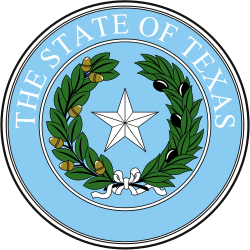| ||||||||||||||||||||||||||||
All of the 31 seats in the Texas Senate 16 seats needed for a majority | ||||||||||||||||||||||||||||
|---|---|---|---|---|---|---|---|---|---|---|---|---|---|---|---|---|---|---|---|---|---|---|---|---|---|---|---|---|
| ||||||||||||||||||||||||||||
 Senate results by district Republican hold Democratic hold Republican gain No election | ||||||||||||||||||||||||||||
| ||||||||||||||||||||||||||||
| Elections in Texas |
|---|
 |
The 2002 Texas Senate elections took place as part of the biennial United States elections. Texas voters elected state senators in all 31 Senate districts. All of the seats up for this election, with half of the seats elected for two-year terms and the other half elected for four-year terms. The winners of this election served in the 78th Texas Legislature.
Contents
- Background
- Predictions
- Results
- Statewide
- Close races
- Results by district
- Notable races
- District 2
- District 18
- References
Following the 2000 elections, the Republicans maintained effective control of the Senate with sixteen members to the Democrats' fifteen.
To claim control of the chamber from Republicans, the Democrats needed to gain one seat. Instead, Republicans gained three seats.


